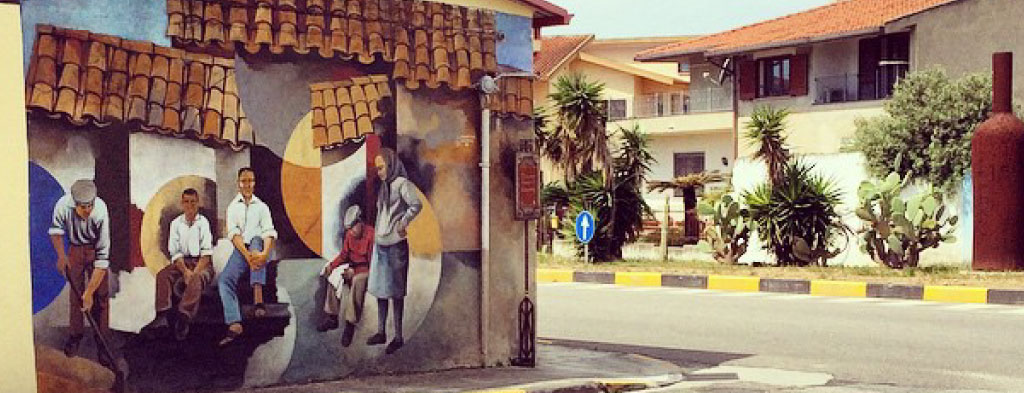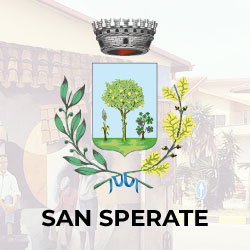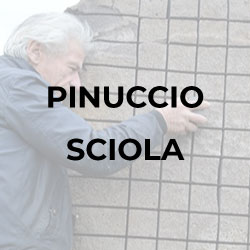
San Sperate, art and nature in the southern Campidano.
Art and nature blend magically in a village that lies in the fertile southern Campidano.
At short distance from the park of Mount Arcosu and the beaches of southern Sardinia, San Sperate is one of the most productive agricultural centres in Sardinia, with over eight thousand inhabitants.
A huge, colourful and fragrant garden of orchards surrounds the village. Since 1960, in fact, a festival is dedicated to its renowned production of citrus and peaches. The artistic processing of ceramics, iron, leather and wood and the creation of jewels are also noteworthy and lively in the village.
The characteristic cultural dynamism of this village results in events that involve the whole community, such as the Cuncambias festival (end of July) which transforms the San Giovanni district into a theatre, made up of Campidanese houses like the other historic districts.
San Sperate is a village-museum: hundreds of colourful murals tell the history, rural traditions and life of the community. Developed in 1968, the “muralism” originates in the project of the artist Pinuccio Sciola to transform the village into a creation laboratory to which local, Italian and foreign artists adhered and still contribute.
On the other hand, the sculptures arranged in the megalithic garden, a small green lung near the village centre, refer to prehistoric megalithic art. Sciola is also the author of the “sound stones”, sculptures that evoke ancestral suggestions with their sound.
A seventeenth-century manor house, used as a museum, and the nineteenth-century Casa Tola, by the architect Gaetano Cima, stand out in the centre.
The San Sperate history is very ancient. The village has always been inhabited and cultivated, as evidenced by numerous remains. Recent excavations show that the first settlements date back to the eighteenth century BC. Punic and Roman remains are also conspicuous. Between the third century B.C. and the V century AD, in fact, Civitas Valeria – today’s San Sperate – must have played an important role, also because the road from Karalis (Cagliari) to Tharros passed through this region. Due to the Vandal domination (455 – 533 AD) and the exile of many African bishops, the relics of San Sperate arrived in the village. Between 600 and 1200 the ancient Roman name was changed to the current one, in honour of the saint kept in the main church.
Photo Credits by grego1402

In this area you will be directed to the page of the municipality of San Sperate
Clicca per Accedere

In quest’area verrai indirizzato allla pagina della fondazione Pinuccio Sciola.
Clicca per Accedere


